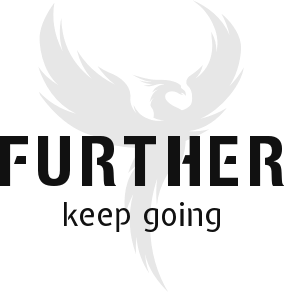
There are tons of old-school practices enjoying a resurgence during the pandemic: sourdough bread baking, gardening, and, most recently, tie-dying.
If you’re looking to throw it way back to a simple diversion with life-enhancing benefits that requires no external tools, consider breathwork. With roots in ancient India and China, practitioners have long promoted mindful breathing as powerful medicine for body, mind, and spirit.
Today science has proven that intentional, deep breathing — what James Nestor, author of Breath, calls a “lost art” — is key to health and longevity.
Every breath you take
COVID-19 makes it painfully clear that we can’t take breathing for granted. From necessary mask-wearing to the virus’ telltale signs of a cough, chest tightness, and shortness of breath, there’s a new focus on this involuntary bodily function.
And nasal breathing is a far more effective, healthy way of taking in oxygen while simultaneously releasing stress and toxins:
Aside from filtering, warming, and humidifying the air you breathe, the nose is your first line of defense against allergens and pathogens. The mucus and cilia inside are designed to block these outside invaders from going farther down the respiratory tract and making you sick. And nitric oxide (NO), which is what the sinuses release when you breathe through your nose, is a vasodilator, meaning it relaxes the blood vessels and lowers blood pressure.
Not only do your lungs have to work harder when you breathe through your mouth, it’s also why your mask might be particularly stinky or why adult braces are a sign of a midlife crisis. Bad breath, crooked teeth, gum disease, dry mouth/throat, sleep issues, snoring, and sleep apnea are all related to mouth breathing.
The winner, by a nose, is slow, deep nasal breathing.
Waiting to exhale
From several years of researching, Nestor found the perfect controlled breath to be a 5.5-second inhale, and a 5.5-second exhale. Put it in play by trying the yoga practice of Nadi Shodhana (alternate nostril breathing), an easy breathing exercise recently shown by researchers from Harvard and Yale to support decreased anxiety and increased happiness and creativity.
- Sit up straight, eyes closed, and close your right nostril with your right thumb.
- Slowly inhale through your left nostril.
- Close your left nostril with your ring finger and briefly pause.
- Open your right nostril, and release your breath slowly through the right side.
- Pause at the bottom of the exhale, and then repeat on the right side.
- Alternate this breathing pattern, 5-10 cycles.
With benefits as plain as the nose on your face (last one, promise), controlled breathing is worth doing as if your life depends on it. Because it just may.
- How Nasal Breathing Keeps You Healthier (Medium)
- Breath: The New Science of a Lost Art (Amazon Associates)
